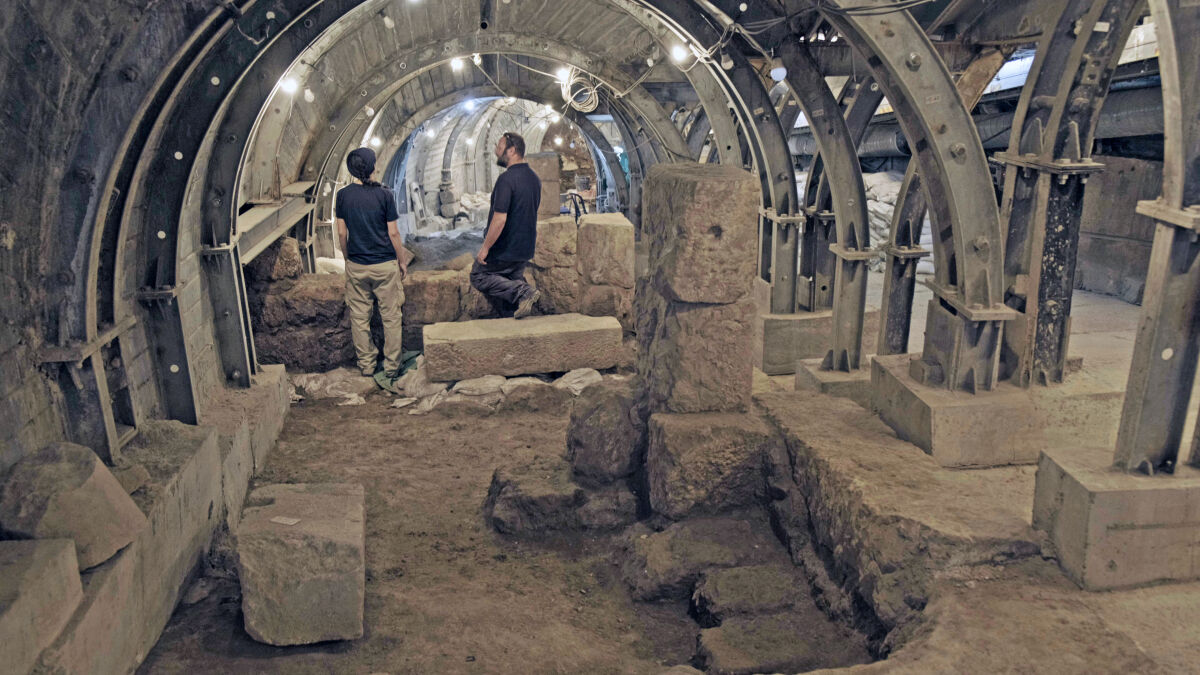A “rare, enigmatic stone box” that was discovered in the City of David has been revealed to the public for the first time at the Israel Museum, Jerusalem.
Discovered during excavations conducted by the Israel Antiquities Authority (iaa), the unusual box dates to the Second Temple Period. The box, which is carved from limestone, measures 30 by 30 centimeters and has nine equal compartments. It was found in a layer inside an ancient store along the Pilgrimage Road. The sides of the box were blackened, indicating it had been burned—likely during the Great Jewish Revolt—which culminated in the destruction of Jerusalem in 70 c.e.

Dr. Yuval Baruch and Ari Levy, excavation directors on behalf of the iaa, stated:
During the excavations of the Pilgrimage Road, where the box was discovered, many objects have been found [that] are [a] testament to the flourishing commercial activity that took place alongside the road during the Second Temple Period. During the excavations, we have uncovered ceramic and glass vessels, production and cooking facilities, various measuring tools, stone weights and coins. Together, these objects suggest that the road was connected to commercial activities such as a lively urban market. The Pilgrimage Road connecting the Pool of Siloam to the Temple Mount was the main thoroughfare of the city 2,000 years ago. It seems that the newly discovered box was related to this commercial activity that took place along the Pilgrimage Road.
The use of stone vessels fits with the ancient Jewish purity laws that would have been in place during the Second Temple Period. As summarized by the press release: “The widespread use of stone vessels can be explained by Jewish law (halacha), which designates that stone, unlike clay or metal, cannot become impure. Therefore, it is possible that stone vessels were re-used over and over for long periods of time.”

About 50 years ago, pieces of a similar box were discovered by archaeologist Nahman Avigad. He humorously called the object a “nuts and seeds bowl.” All similar boxes have been discovered in Jerusalem; this latest one from the City of David is the only complete example. Although the press release indicates that researchers believe the box was used to hold pre-measured items in a commercial setting, archaeologists still wonder about the exact use.
The artifact is currently on display at the Israel Museum along with other discoveries from the Second Temple Period.

